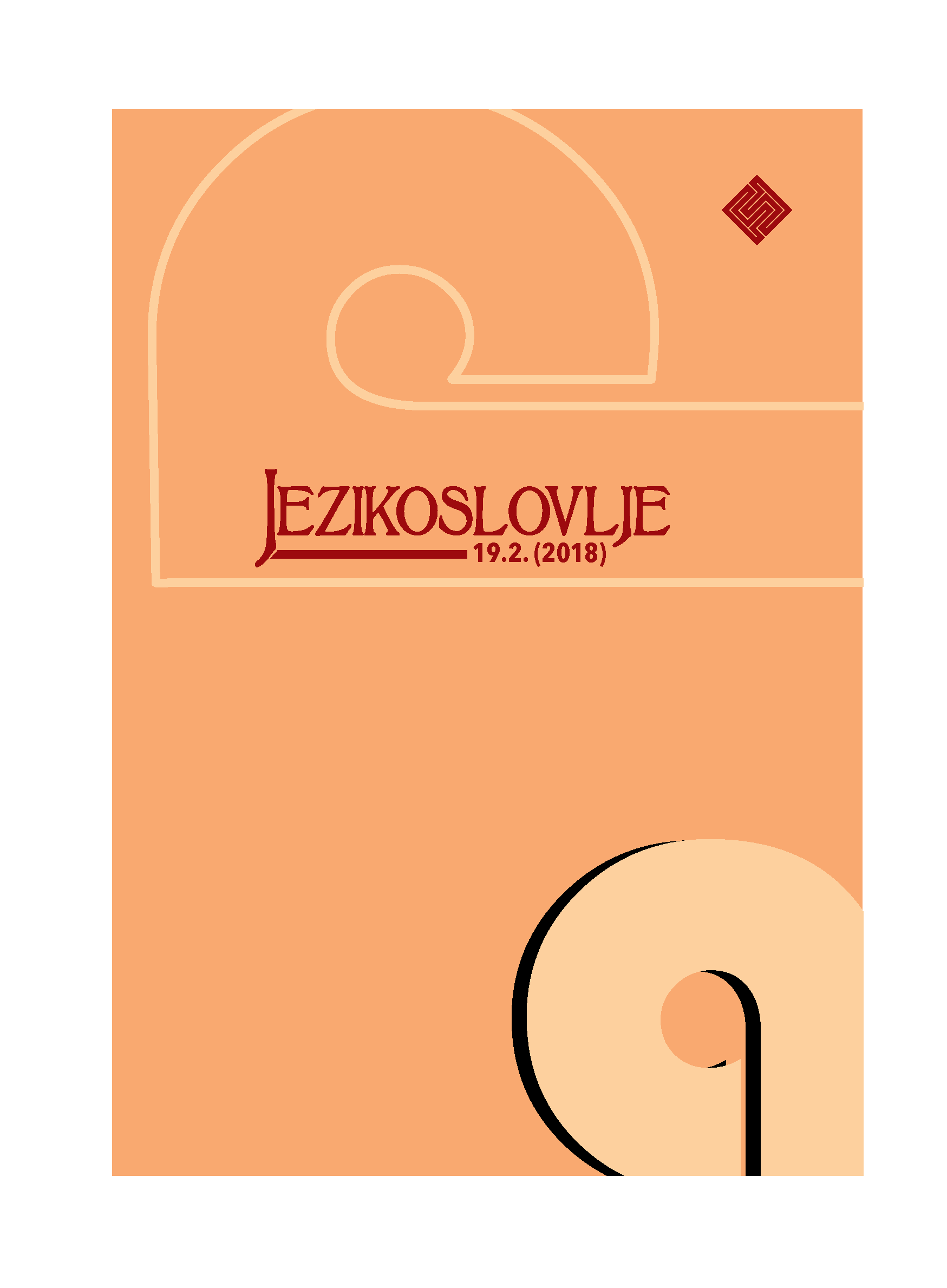Pitanje klasifikatora u znakovnim jezicima
Classifiers in sign languages
Author(s): Branimir Belaj, Barbara MajdenićSubject(s): Language and Literature Studies, Theoretical Linguistics, Applied Linguistics, Lexis, Semantics, Psycholinguistics, Cognitive linguistics, Descriptive linguistics
Published by: Filozofski fakultet, Sveučilište Josipa Jurja Strossmayera, Osijek
Keywords: classifiers; sign languages; cognitive grammar; conceptual integration;
Summary/Abstract: Classifiers in sign languages have the status of linguistic universals and are productive constructions that describe various aspects of referents and their relationship with other elements in a scenario. Classifiers can be divided into four groups: entity classifiers, handling classifiers, size and shape specifiers, and body part classifiers. Each group has a schematic semantic pole which determines the nature of the whole construction. The schematic semantic pole of entity classifiers can be defined as [THING IN RELATION], the schematic semantic pole of handling classifiers as [THING AS ELEMET OF PROCESS], that of size and shape specifiers can be defined as [DIMENSIONS OF THINGS] and of body part classifiers as [PART OF A THING]. The higher degree of iconicity of classifiers derives mainly from the visual nature of sign languages, but the selection of distinctive scenes is always arbitrary. Even though they are productive units, classifiers can become lexical units through lexicalization.
Journal: Jezikoslovlje
- Issue Year: XIX/2018
- Issue No: 2
- Page Range: 193-236
- Page Count: 44
- Language: Croatian

